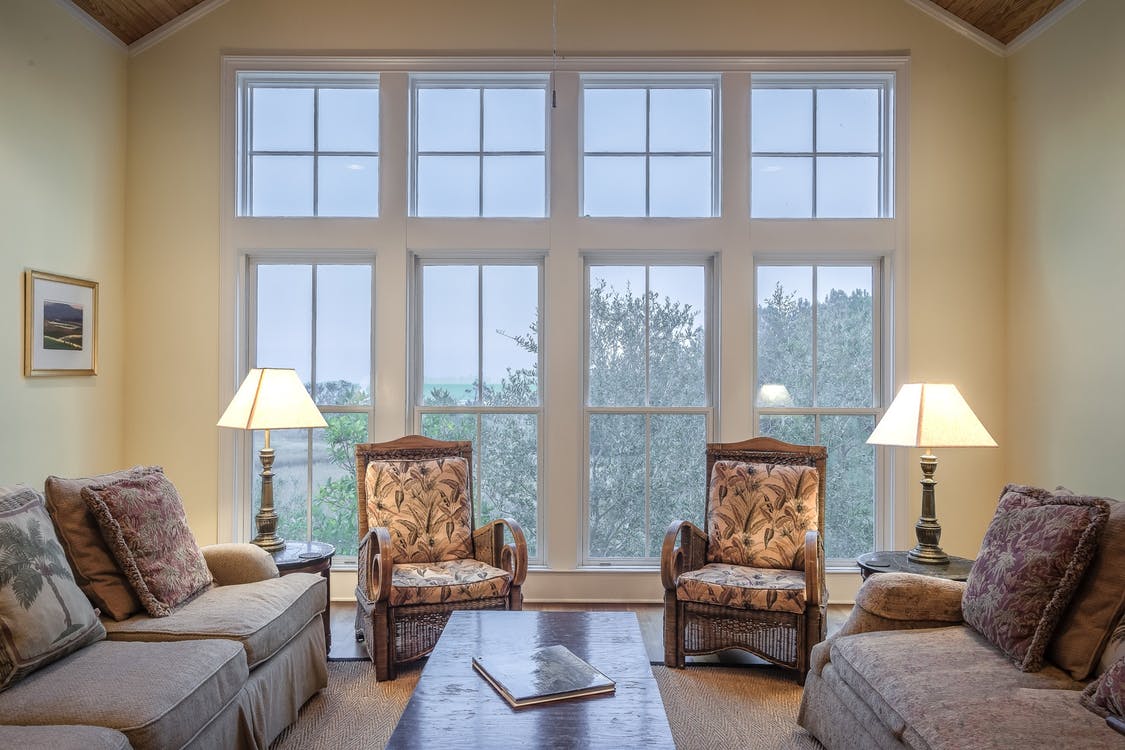Natural light coming into homes make the interior look more inviting and spacious. Although natural light is good for homes, you have to limit sun exposure that can be quite harmful. The ideal thing would be light entering into homes indirectly so that the harmful UV rays do not affect you. When you are using natural light, you have to face issues with heat loss and solar gain that accompany it. An easy way to counter the problems is to install low E windows.
For glass repairs Perth, window glass selection is essential because the significant energy loss to the tune of 70% occurs through doors and windows in which glass accounts for 90% heat loss. Using energy efficient glass can improve the energy efficiency of windows and using E-glass on windows is quickly gaining popularity
Low E glass window
When we use clear glass, infrared and ultraviolet light waves can pass through it without affecting the luminosity of the light that passes through glass. Therefore, visibility is never an issue with clear glass. Low E means low emissivity, a special quality of glass created for minimising the entry of UV and ultraviolet rays into homes. Low E glass windows have an ultra-thin transparent coating, thinner than a human hair that reflects heat but allows solar light to pass through. When you install E glass windows at home, the interior temperature remains confined inside as the heat reflects back inside on hitting the glass. This type of glass finds excellent use in double glazed windows too.
Factors to measure the effectiveness of E glass coating
- SHGC – SHGC or Solar heat gain coefficient denotes the fraction of incident solar radiation that passes through the glass. It can either radiate inwards after absorption or be directly transmitted.
- U-Value – Typically U-value is a rating given to windows which is a measure of the amount of heat loss it allows.
- VLT – VLT or visible light transmittance is a factor used to determine the amount of visible light that passes through the glass.
- Light to solar gain – This factor represents the ratio between the visible light transmittance of the glass and SHGC.
Types of low E glass coatings
The coating on E glass is usually either hard coat or Passive low E coating and soft coat or Solar Control low E coating.
Passive low E coating – Passive low E coatings are pyrolytic coatings produced by the pyrolytic process. While the glass is under manufacturing on the float line, the coating is applied on the glass ribbon causing the coating to fuse to the hot glass surface creating a strong bond and hence named hard coat.
Solar Control low E coating – Magnetron Sputtering Vapour Deposition process is used which entails applying the coating on the cut glass in an offline process. This soft coat needs sealing in a laminated unit or insulated glass. The soft coat has superior solar control performance and lower emissivity.
Consider the climate of your area to decide which type of E glass to use.

















